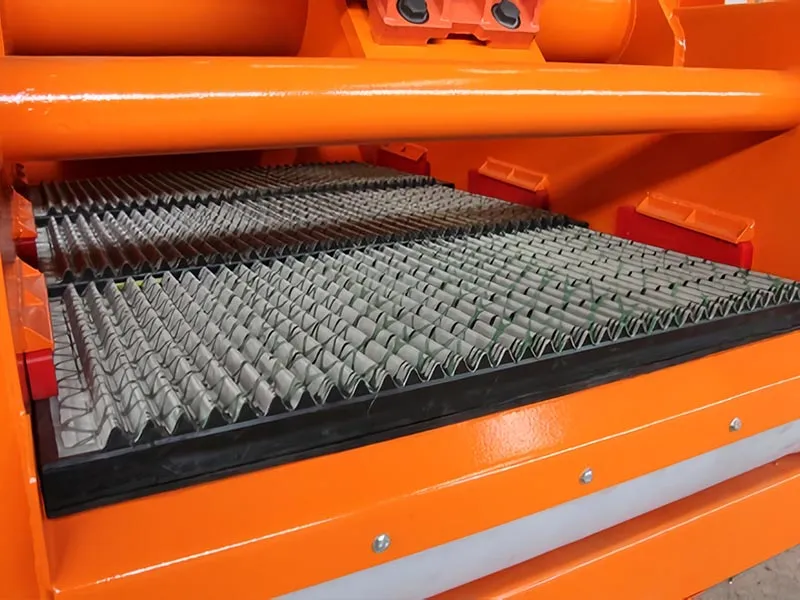- Industrial zone, South of Anping Town, Hengshui, Hebei, China.
- sales@hfpetromesh.com
- +86-18931809706
steel grating panels
Understanding Steel Grating Panels A Comprehensive Overview
Steel grating panels have become an essential component across various industries due to their durability, strength, and versatility. Primarily made from steel bars, these panels are designed to provide structural support while allowing for optimal airflow and drainage. This article explores the characteristics, applications, and advantages of steel grating panels.
What Are Steel Grating Panels?
Steel grating panels are standardized products manufactured by welding or forging steel bars together in a grid-like pattern. The bars can be flat or serrated, providing a slip-resistant surface crucial in many industrial environments. Commonly, steel grating is available in several types, including welded, swage-locked, and pressure-locked grates, each serving specific needs based on load requirements and environmental conditions.
Key Characteristics
1. Load-Bearing Capacity One of the most significant features of steel grating panels is their high load-bearing capacity. They can withstand heavy weights, making them suitable for pedestrian walkways, industrial floors, and mezzanines.
2. Durability Steel grating is inherently resistant to harsh environmental factors such as moisture, chemicals, and extreme temperatures. When treated with protective coatings like galvanization, their lifespan is significantly extended.
3. Versatility The grid design of steel grating allows for easy drainage of water and debris, preventing accumulation that might pose hazards. Furthermore, these panels can be fabricated in various sizes and shapes to meet the unique requirements of different projects.
Applications
steel grating panels

Steel grating panels find uses across diverse sectors, including
- Industrial Flooring They are widely employed in warehouses, factories, and manufacturing plants, providing safe walkways and work surfaces that facilitate heavy machinery and foot traffic
.- Environmental Protection Gratings are used in water treatment facilities and chemical plants for walkways over ponds and tanks, ensuring safety while providing access to equipment.
- Architecture and Construction In architectural applications, steel grating can be seen in staircases, balconies, and railing systems, offering an aesthetic appeal while maintaining functionality.
- Transportation In transportation infrastructure, steel grating is utilized in bridges and walkways, providing a lightweight yet strong solution that supports vehicles and pedestrians alike.
Advantages of Steel Grating Panels
The benefits of steel grating panels are numerous. They enhance safety in workplaces through slip resistance and robust construction. Their lightweight nature also contributes to easier installation and low maintenance costs. Additionally, the open design promotes visibility and ventilation, crucial for various applications.
In conclusion, steel grating panels are integral to modern industrial and architectural environments. Their blend of strength, durability, and design versatility makes them a preferred choice for engineers and architects alike. As industries continue to evolve, the demand for reliable and efficient materials like steel grating panels will undoubtedly grow, solidifying their place in future construction and design projects.
-
The Power of Pyramid Shaker Screen - A 3-Dimensional SolutionNewsOct.24,2024
-
Exploring the Versatility and Durability of Steel GratingNewsOct.24,2024
-
Revolutionizing Drilling Efficiency with Steel Frame Shaker Screens for Mud Shale ShakersNewsOct.24,2024
-
Potential of Shale Shaker ScreensNewsOct.24,2024
-
Offshore Pipeline Counterweight Welded Mesh - Reinforced Mesh in Marine EngineeringNewsOct.24,2024
-
Revolutionizing Offshore Pipeline Stability with Concrete Weight Coating MeshNewsOct.24,2024
